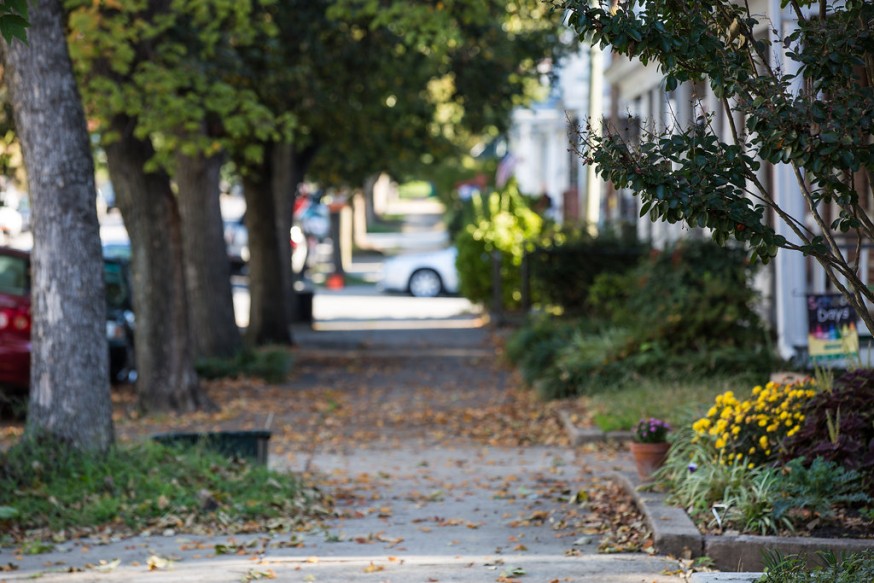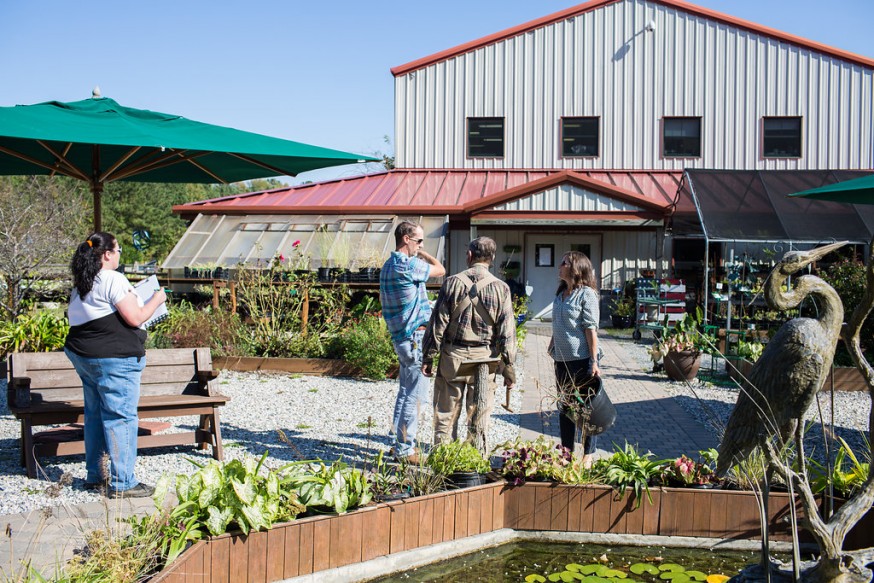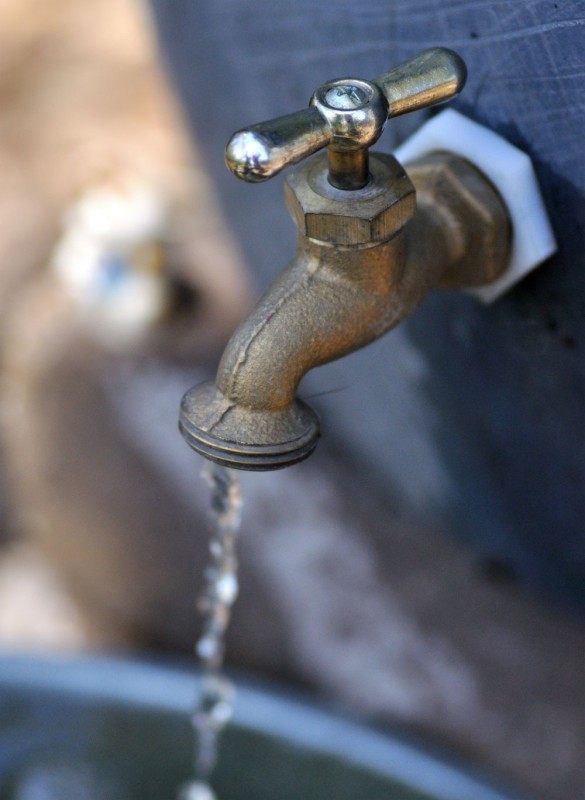Steps You Can Take
Roads, parking lots, sidewalks, and driveways are a critical part of our transportation system. Materials like asphalt and concrete are ubiquitous in urban areas, yet they enable excess stormwater runoff by covering the ground with an impervious surface that cannot absorb water. More pavement instead of vegetation means that the land transforms from a filter into a funnel. Rainwater, which would naturally soak through the soil, must go with the flow into a storm drain. This water is full of pollutants like oil, fertilizer, salt, and sediment- exactly what we don’t want in our waterways and the Chesapeake Bay.
Yet there are steps you can take to stop this destructive cycle. Pervious pavers have been engineered to reconcile our need for speed with proper stormwater management.

We certainly need our roadways and sidewalks, but newer technology is being developed that can allow our transportation pathways to be more environmentally friendly – starting with your patio or driveway!
A pervious paver resembles a rice cake made of porous concrete. The pavers are separated by gaps filled with small stones or sand, and laid over a bed of larger stones. Stormwater soaks through the gaps between the pavers, and is stored underneath the surface for about 24 hours while it slowly drains into the soil below. Pervious pavers can absorb up to three inches of rain, which is about the average monthly rainfall in Virginia.
While pervious pavers cost slightly more than the average impervious surface, when installed by an Interlocking Concrete Pavement Institute (ICPI) certified contractor they can last up to 40 years with minimal yearly maintenance. Pervious pavers provide some “concrete” benefits, like a decrease in the amount of water entering combined sewer systems that reduces sewage overflows and the need for retention ponds and storm drains.
They also have some less obvious benefits, such as reducing the “heat island effect”. Urban areas are warmer than surrounding areas due to dark horizontal surfaces like pavement that absorb solar radiation. Lighter-colored materials like concrete reflect these rays, lowering temperatures and decreasing energy costs for residents.
It’s now December, and winter is fast approaching. Pervious pavers need 75% less road salt, since melting snow and ice will infiltrate through the pavers. This prevents these chemicals from entering waterways and dangerous black ice formation on roads. In inclement weather pervious pavers provide more traction and improve visibility for vehicles and pedestrians alike. In fact, pervious pavers conform to American Disability Act (ADA) guidelines that require surfaces to be firm, stable, and slip-resistant.

Replacing asphalt and concrete with loose gravel, light-colored modular pavers, or pervious pavement, we can help some rain water go back into the ground rather than straight into our local streams.
Pervious pavers have been successfully installed in walkways, sidewalks, driveways, parking lots, and low-volume roadways (surface abrasion from traffic may deteriorate the pavers). There are many creative ways to incorporate pervious pavers. For example, the largest pervious concrete project in the United States is the parking lot at the outlet mall in Williamsburg, VA, with over seven acres of new pervious surfaces.
By replacing existing impervious surfaces and incorporating pervious pavers into new construction, communities can reduce the footprint they leave on the Chesapeake Bay watershed.
For more information, visit:
Pervious Concrete – FAQs (via National Ready Mixed Concrete Association)
Permeable Hard-scapes (via Chesapeake Stormwater Network)
Green Alleys of Richmond (via Interlock Design)
Heat Island Reduction (via Concrete Thinker)
Parking lot is big… big and eco-fiendly (via the Virginia-Pilot)
10 things you didn’t know about the Bay (via Chesapeake Bay Foundation)
